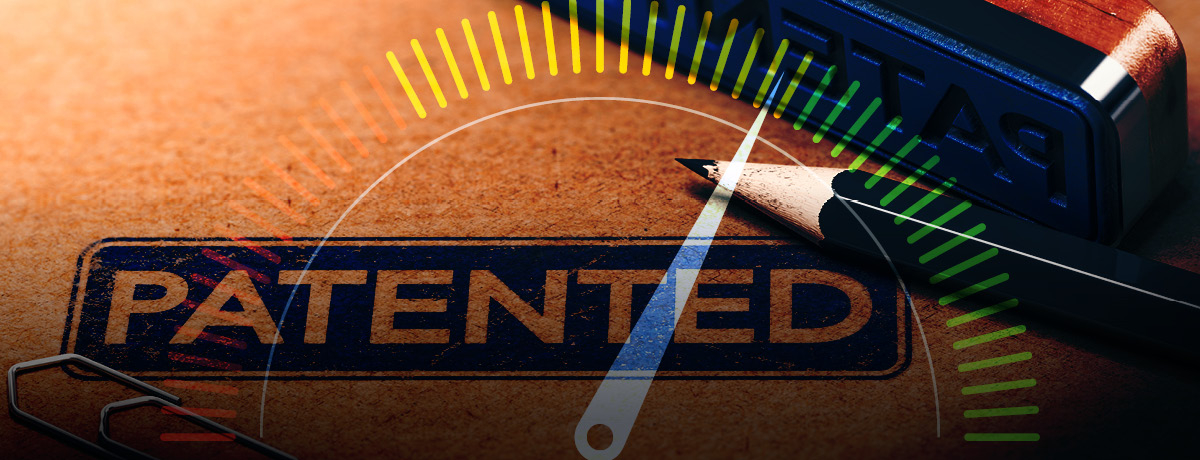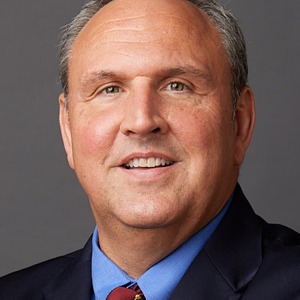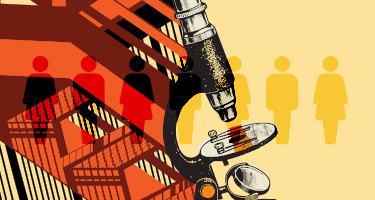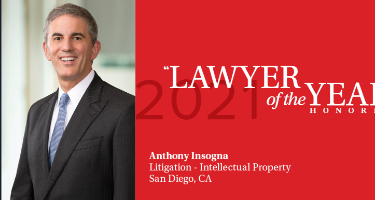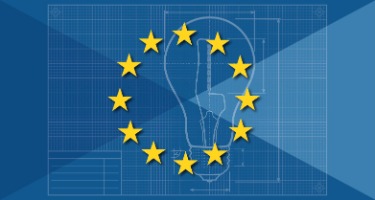At least once a year—maybe even as often as every quarter—astute inside counsel will want to assess both the value (based against return on investment or the protection of key company product/technology platforms and strategies) and the cost of the company’s intellectual property portfolio or various segments thereof. Depending on the portfolio’s size, complexity and geographic reach, this request can make for a daunting task. The trick to managing it in a timely manner and with one’s sanity mostly intact: patent scorecarding. It offers an effective way to make a review like this manageable while providing crucial insights that can be built upon over time. Further, patent scorecarding enables a company to more efficiently and effectively evaluate and implement its intellectual property strategy in both the short and long term.

What Is Patent Scorecarding, and How Does It Work?
In essence, patent scorecarding is a system of assigning value, both quantitative and the more subjectively qualitative, to every IP asset in a given portfolio. The system and process help management decide which parts of the portfolio to retain and which, perhaps, to license or sell. But the process does not end there.
Through patent scorecarding, a company uses its own “company-specific variables.” Those might include:
- currently identifiable revenue tied to the IP asset
- currently identifiable products, product lines or technology platforms that are supported by or involve the IP asset
- future short- and long-term business goals or revenue generation that will involve the IP asset
- overall IP life of the asset
- competitive concerns/challenges involving the asset
Through such an analysis, companies are able to more effectively prioritize and direct resources toward the IP assets that are most essential (i.e., “core” versus “non-core”) to its business objectives in both the short- and long-terms.
Further, patent scorecarding allows a company to forecast the potential performance of each asset, group of assets or the entire portfolio over time in order to justify related costs, evaluate improvements and sell or abandon underperforming assets. An objective assessment will also help identify the key IP assets that constitute true economic value for the company over time, and the manner in which they do so. Such information is critical for a business at any stage of its evolution, whether it needs to establish support for a funding valuation, redistribute IP asset resources or assess potential options for divestiture or licensing, among others.
How Your Score Card Can Justify IP Asset Return on Investment
Patent scorecarding also allows for “tying”—in essence, the linking of a particular IP asset, or bundle of assets, to a company’s technology platform, product line or licensing program. Doing so is invaluable: Once a given asset is tied to an income-producing platform or product, executives can immediately visualize the return on investment it offers. Think of patent scorecarding, then, as regular financial hygiene, identifying and ranking beneficial assets and gauging their performance as often as needed.
Because scorecarding is metric-based—with the metrics employed naturally varying from industry to industry, even company to company—a performance value can also be tailored with precision to each IP asset, thereby identifying and tracking that performance over time. For example, patent scorecarding can assign metrics (e.g., existence or nonexistence of composition claims; of challenging method or product-by process claims; of challenging or changing case law; or of competitive landscape challenges, among others) to fully assess over time the strength of the claims of a particular patent asset or group of related assets. All of these variables can be tailored and then used quantitatively and qualitatively, which allows the business, legal and research-and-development teams to value each patent asset according to whichever metric it deems most important.
Moreover, if an asset’s performance is inadequate, the company can deploy additional resources or measures (e.g., claim amendments, reissue applications, and the filing of related continuation or divisional applications, among others)—to enhance its value. Alternatively, if the asset’s underperformance is too great, the company can redirect resources to better-performing assets while either selling or abandoning the underperforming one.
Uncovering New Financial Opportunities
Patent scorecarding’s advantages extend further still. A company’s scorecarding program can help uncover other revenue-generating and revenue-saving opportunities. For example, if a particular asset or asset group no longer supports a technology platform or product within the company’s interests, the asset(s) can be divested or licensed.
The benefits of divestiture are twofold: First, selling any IP asset that is no longer needed can generate funds that the company can use to support more critical IP assets, products or projects. Second, any asset identified as worthy of divestiture will by definition no longer need financial or other support from the business.
For licensing, a company might prefer to own and manage its non-tied IP assets rather than sell them to someone else. Doing so will help the company control quality metrics, prevent competitive use of assets and warehouse one’s IP over time, among other virtues.
Company executives and counsel should implement and regularly tailor their patent scorecarding process and metrics to identify the assets best suited for product and platform support, divestiture or licensing. This will provide a means to numerically assess, value and structure IP assets so they’re income generators, not revenue eliminators. The company can then live another day to ford the turbulent eddies of modern commerce, secure in the knowledge that its intellectual property is doing the most efficient, most valuable and most remunerative work it can.
For more information regarding patent scorecarding and examples thereof, please contact Troy A. Groetken at 312-775-8259 or tgroetken@mcandrews-ip.com.
